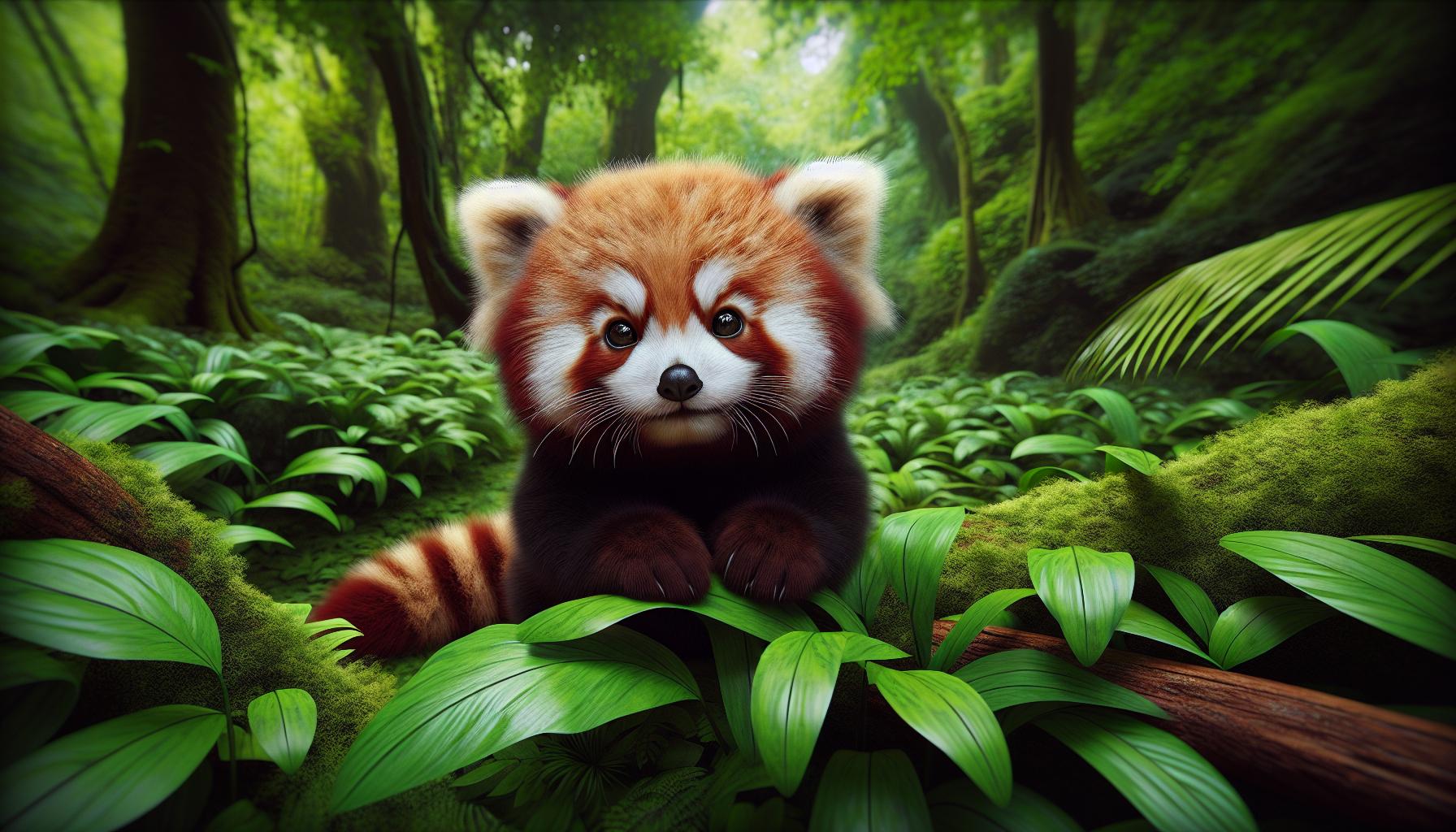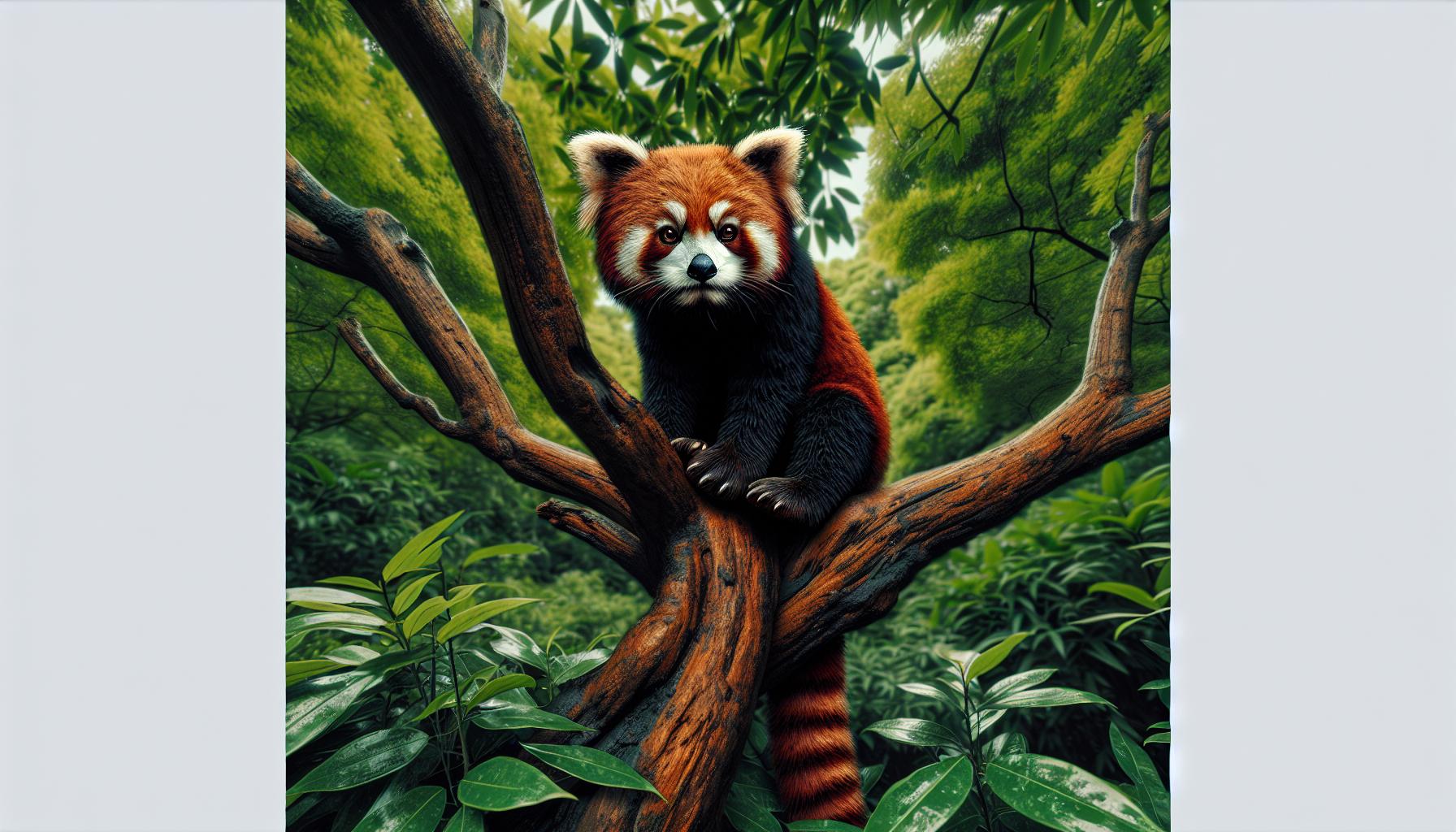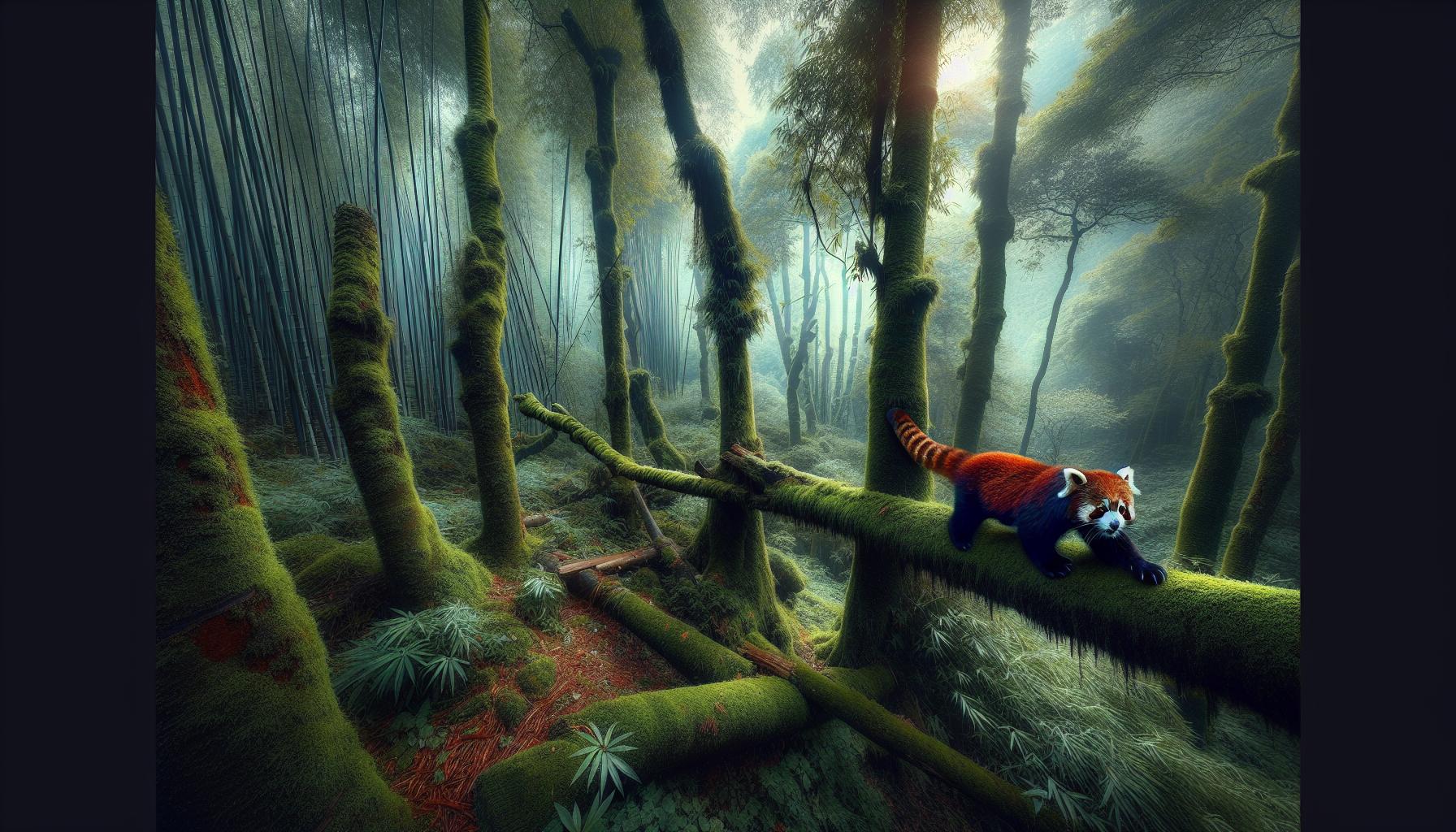Red pandas are one of the most adorable creatures on the planet, and their babies are even cuter. I’ve always been fascinated by these charming animals, with their fluffy tails and playful personalities. As they navigate their early days, red panda cubs capture hearts and highlight the importance of conservation efforts for their species.
In this article, I’ll dive into the world of baby:_ovtcjo0-_k= red panda, exploring their unique characteristics, behaviors, and the challenges they face in the wild. Understanding these little ones not only brings joy but also sheds light on the critical need to protect their habitats. Join me as we uncover the enchanting journey of red panda cubs and what we can do to help ensure their survival.
- Endearing Characteristics: Baby red pandas, or cubs, are known for their cute round faces, fluffy tails, and playful behavior, capturing the hearts of audiences globally.
- Vital Development Stage: Cubs rely on their mothers for nourishment during the first few months and learn critical survival skills through observation, essential for their eventual independence.
- Dietary Needs: A red panda’s diet consists primarily of bamboo, requiring substantial daily intake, with additional fruits and insects occasionally included for nutrition.
- Conservation Challenges: Red pandas are classified as “Endangered,” facing threats including habitat loss, climate change, and poaching, underscoring the need for proactive conservation efforts.
- Ecological Role: These adorable cubs play a crucial role in their ecosystem by aiding in plant growth, contributing to bamboo population health, and maintaining biodiversity.
- Cultural Significance: Baby red pandas serve as cultural symbols for conservation, inspiring communities to engage in efforts to protect endangered species through education and awareness campaigns.
Baby:_Ovtcjo0-_k= Red Panda
Baby red pandas, also known as cubs, captivate observers with their round faces and playful antics. Cubs typically weigh about 3 ounces at birth and rely entirely on their mothers for nourishment during the first few months. They possess a soft, fluffy fur coat that provides warmth and camouflage in their natural habitat.
Development for these cubs follows a distinct timeline. Within a few weeks, they begin to open their eyes and explore their surroundings. By around three months of age, they start to venture outside the den, playing and climbing under the watchful eye of their mother.
Social behaviors emerge as they grow. Cubs learn critical survival skills by observing their mothers, including foraging techniques and climbing skills. This life stage is essential for their development as they prepare for independence.
Despite their adorable nature, baby red pandas face numerous challenges. Habitat loss, climate change, and poaching threaten their survival. Conservation efforts are vital to ensure that these charming animals can thrive in the wild. Engaging in habitat protection and supporting wildlife organizations can help safeguard the future of red panda cubs.
Physical Characteristics

Baby:_ovtcjo0-_k= red panda exhibit several distinctive physical traits that contribute to their charm. Understanding these characteristics highlights their uniqueness in the animal kingdom.
Size and Weight
Red panda cubs are tiny at birth, weighing around 3 to 4 ounces (85 to 113 grams). They grow rapidly during their first few months. By three months, they can weigh approximately 6 to 8 pounds (2.7 to 3.6 kilograms). Adult red pandas typically measure 20 to 26 inches (50 to 65 centimeters) in body length, with a tail that can add another 15 to 19 inches (38 to 48 centimeters). Their size allows for agility in tree climbing, a critical skill for their survival.
Fur and Coloration
Baby red pandas are covered in soft, fluffy fur that is a mix of reddish-brown and cream colors. This coloration provides camouflage in their natural habitat of dense forests. As they develop, their markings become more pronounced, with distinct facial markings including white stripes and a black nose. Their thick fur also helps regulate body temperature, keeping them warm in cooler climates. The coloration and texture of their fur play vital roles in both protection and adaptation to their environment.
Behavior and Habits

Red pandas exhibit fascinating behavior and habits that enhance their charm. Understanding their social structure and feeding patterns offers insights into their daily lives.
Social Structure
Red pandas are generally solitary creatures, with adult animals preferring to live alone outside of the mating season. Mothers raise cubs in dens, providing essential care and protection. Cubs remain with their mothers for about one year, learning survival skills crucial for independence. Social interactions typically occur during mating and short-term companionship between males and females. During this time, communication occurs through vocalizations and scent marking, allowing them to establish territories and attract mates.
Feeding Patterns
Red pandas primarily consume bamboo, accounting for nearly 95% of their diet. They require substantial amounts of bamboo—up to 20,000 leaves daily—to meet their nutritional needs. Their feeding habits include selective foraging, where they choose tender, young shoots over older, tougher ones. Occasionally, red pandas eat fruits, berries, and insects to supplement their diet. They spend a significant part of the day—about 12 hours—feeding, which aligns with their crepuscular activity pattern, being most active during dawn and dusk.
Habitat and Conservation

Red pandas inhabit the cool, temperate forests of the Himalayas and southwestern China. Their specific habitat requirements include dense bamboo thickets and an abundance of trees for climbing and shelter.
Natural Habitat
Natural habitats for red pandas consist primarily of temperate broadleaf and mixed forests at elevations ranging from 4,500 to 13,000 feet. These forests provide essential resources, such as bamboo, which serves as the primary food source. Red pandas thrive in regions with high humidity and ample rainfall, supporting the growth of dense underbrush that offers protection from predators and harsh weather. The combination of trees and bamboo enables them to engage in their arboreal lifestyle effectively.
Conservation Status
Conservation status for red pandas ranks as “Endangered,” with populations declining due to habitat loss and fragmentation. Deforestation for agriculture and urban development significantly reduces their habitat and food sources. According to the International Union for Conservation of Nature (IUCN), fewer than 10,000 red pandas remain in the wild. Conservation efforts focus on habitat preservation and restoration, along with establishing protected areas. Organizations work to raise awareness and foster community involvement to mitigate threats facing red pandas and ensure their survival.
Significance of Baby Red Pandas
Baby red pandas hold vital significance within their ecosystems and cultures worldwide. Their presence contributes to biodiversity, raising awareness about conservation and inspiring cultural connections.
Role in Ecosystem
Baby:_ovtcjo0-_k= red panda play an essential role in their ecosystem. They contribute to maintaining the balance of their habitat by promoting plant growth through seed dispersal. Their foraging behavior affects bamboo populations, which influences other species’ survival. As both predator and prey, they help sustain the food web within their environments. Red pandas also create nutrient-rich droppings that nourish the soil, supporting a diverse range of plant life.
Cultural Impact
Baby red pandas significantly impact cultural awareness and engagement. They symbolize conservation efforts in various cultures, fostering a connection between wildlife and people. Their appealing appearance captures the hearts of many, inspiring educational programs and media portrayals that emphasize the importance of protecting endangered species. Organizations often use the baby red panda as a mascot to promote environmental stewardship, generating support for conservation initiatives.
The journey of baby red pandas is a captivating blend of charm and vulnerability. Their playful nature and rapid growth remind us of the delicate balance within our ecosystems. As they learn essential survival skills from their mothers, they embody the hope for the future of their species.
Supporting conservation efforts is crucial for ensuring these adorable creatures thrive in their natural habitats. By raising awareness and protecting their environments, we can help secure a brighter future for baby red pandas and the biodiversity they support. Let’s continue to advocate for their preservation and celebrate the joy they bring to our world.

